Juanita Browne: No need to wing it — tips for watching waders
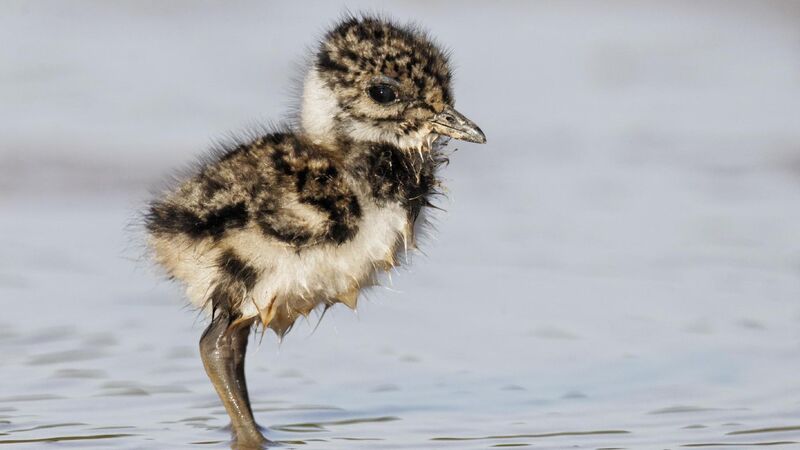
A Northern lapwing (Vanellus vanellus) young chick.
If you’re looking for some winter wildlife-watching, why not try waders?
Surrounded by water and with so many wetlands across this island, you’re never too far from a good spot to watch waterbirds. Perched as we are, on the western edge of Europe, Ireland is a landing point for lots of winter migrants who travel here to escape colder winters in the Arctic and northern Europe.
We complain so much about the Irish weather, it can be difficult to believe anyone or anything could possibly choose to come to this country for our climate, but each year, hundreds of thousands of birds choose to fly long distances to spend the winter here. As their feeding sites in the Arctic freeze over, these migrants see Ireland as positively balmy!
Along with geese and swans, many wading birds take the trip. ‘Waders’, as they are called, are easy for us to overlook as many are seen as little blurry birds in the distance, running up and down the tideline on beaches, or wading in the shallows and on mudflats and estuaries around our coast.
But there is great variety and some beautiful species in the group we call waders, each with its own unique lifestyle, migration, feeding behaviours, and just darn cuteness once you take a closer look.
Bill length and leg length are very important in helping to identify wader species. Different species have bills of different sizes and shapes, each ideally suited to their particular prey.
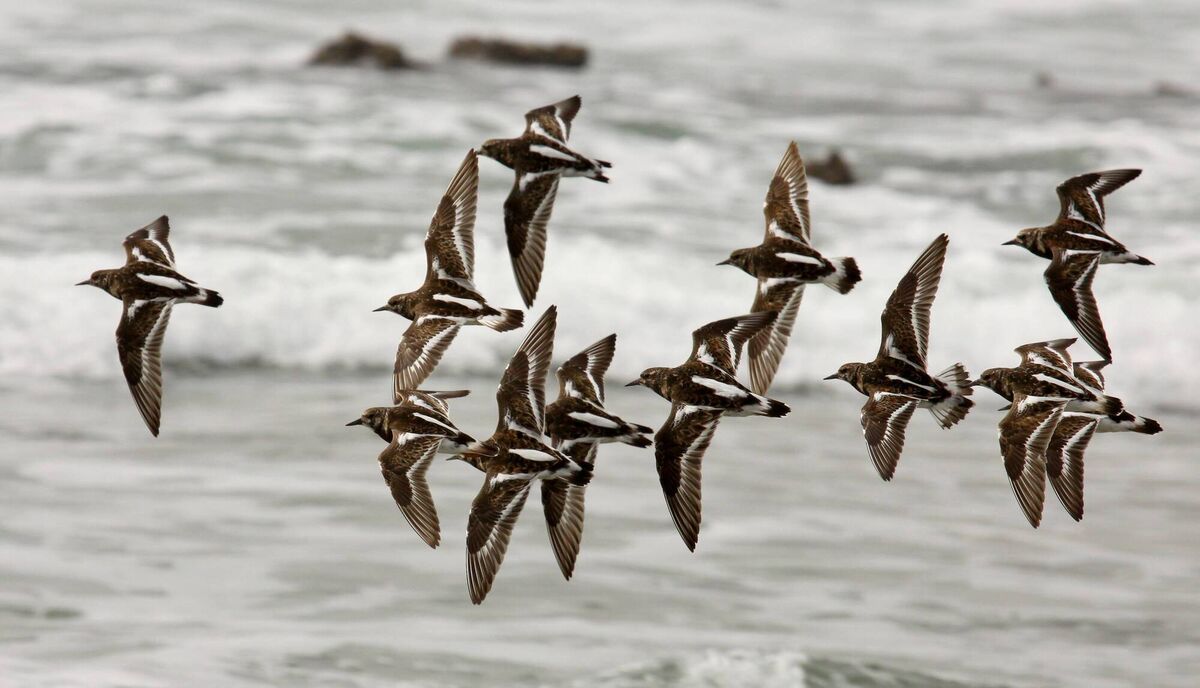
For instance, the Curlew, with its long curved bill is able to reach ragworms and lugworms hiding deep in the mud. The Turnstone (what a great name) uses its short bill to flick over pebbles and seaweed in its search for sandhoppers and other invertebrate prey.
: The very attractive black and white Oystercatcher is resident all year round in Ireland, but each winter, numbers are supplemented by migrants from Iceland and the Faeroes.
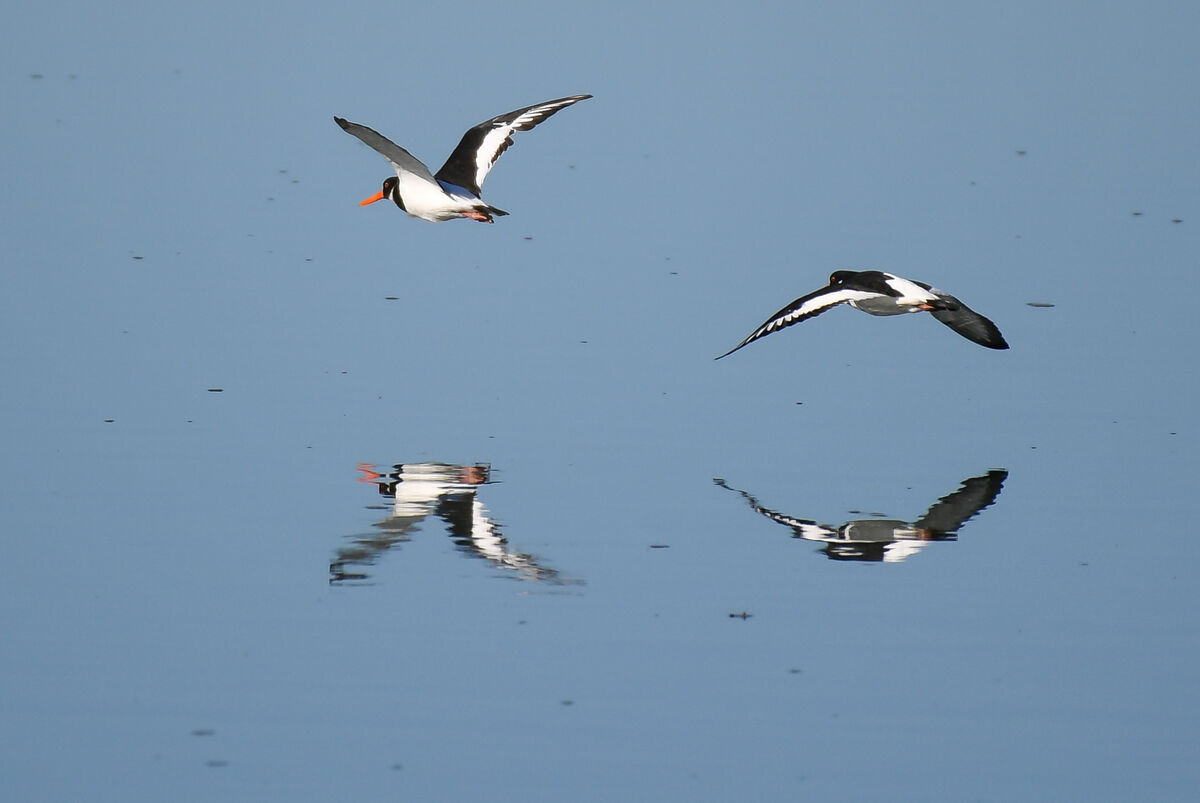
: The beautiful Lapwing, with its crest of feathers and iridescent green and purple wing feathers. In winter, the Irish residents are joined by winter visitors from central and western Europe.
: Travelling here all the way from northern Greenland and northeast Canada, Turnstones are usually seen in small flocks, often on rocky shores.

: Travelling from Iberia and France, Golden Plover gather in large flocks on estuaries, but also inland. If disturbed, a flock of Golden Plover will quickly take to the air and coalesce into a flock that flashes first silver, then gold, as they twist and turn in unison, creating a mesmerising spectacle.
As a winter destination, Ireland has a lot to offer migrant birds. Thanks to our climate, Ireland has an abundance of wetlands, and these sites generally remain ice-free, allowing birds to feed throughout winter.
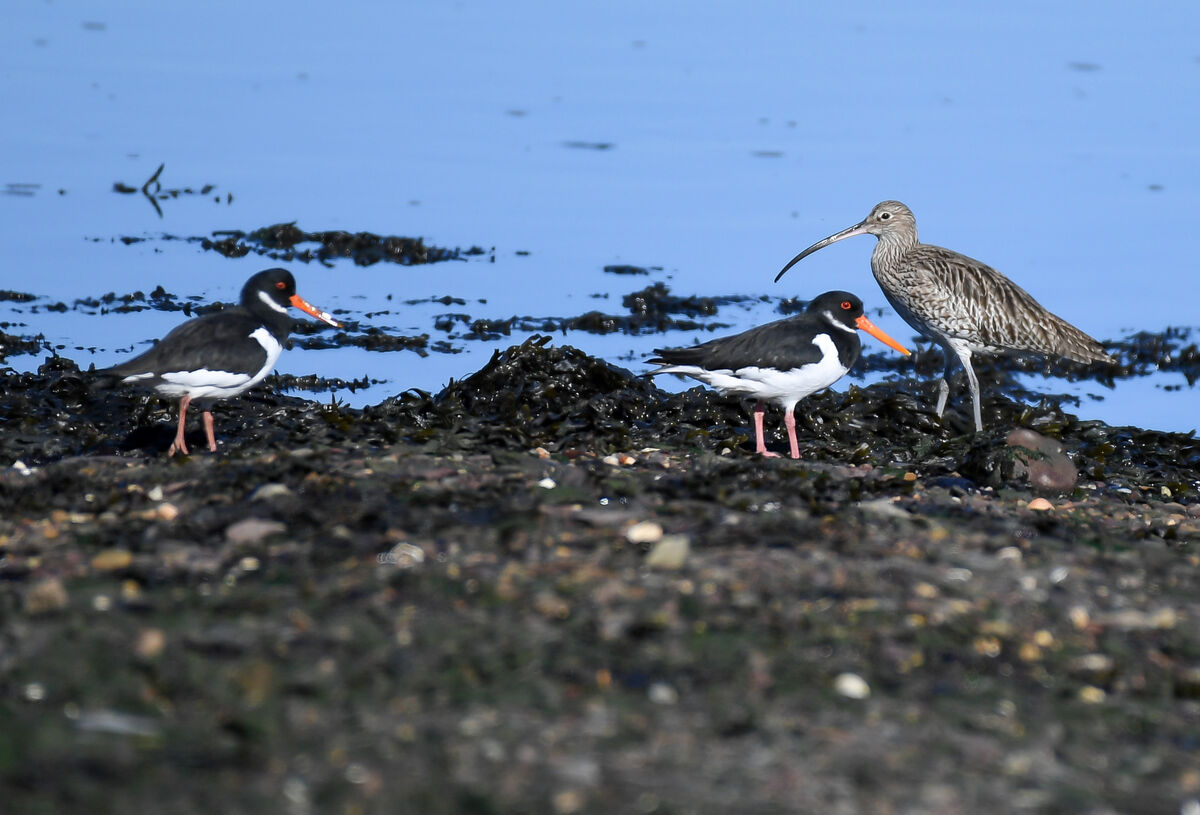
The warming Gulf Stream bathes coastal mud that is very rich in invertebrate life and we are located along the ‘East Atlantic Flyway’, the migration route of birds that nest in the Arctic.
: If you’re visiting a coastal location, you should time your visit to occur an hour or more before high tide. This way, as the water comes in, the birds will be pushed up towards you, giving you a closer view without having to move from your viewing spot (the less movement the better so as not to spook the birds).
: As a dog owner it’s tempting to always bring your pets on walks in the great outdoors, but if you’re visiting a wetland, especially in winter, it really is important to leave your pet at home. Wading birds only have a short window in which to feed between the tides when the mudflats are exposed.
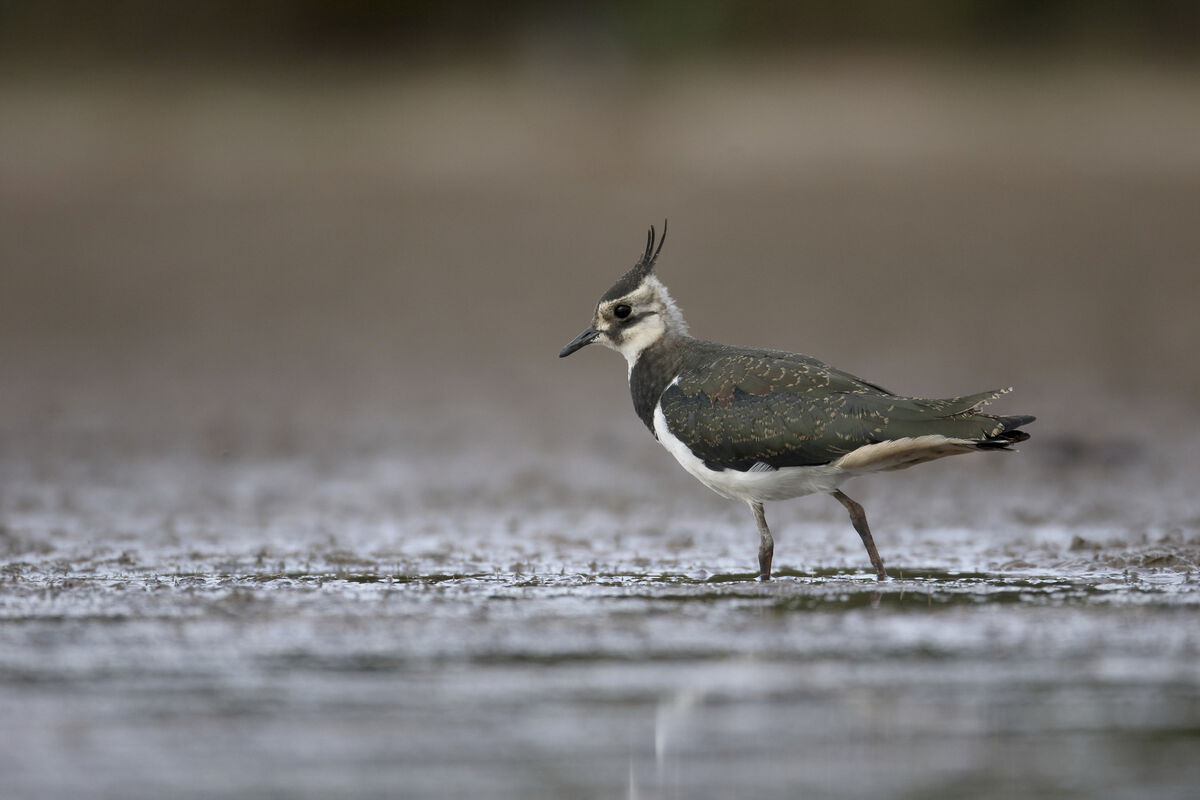
Even a brief disturbance — even by a dog on a leash — can put them in the air, wasting precious time before they chance returning to feed. At a time when every calorie counts, they also waste vital energy flying away from danger.
: Watching waders becomes much easier with the help of optics. Bring along some binoculars or a telescope and everything gets easier.
Find out more about how waterbirds are doing in Ireland
BirdWatch Ireland webinar on Winter Waterbirds
- Juanita Browne has written a number of wildlife books, including and .





